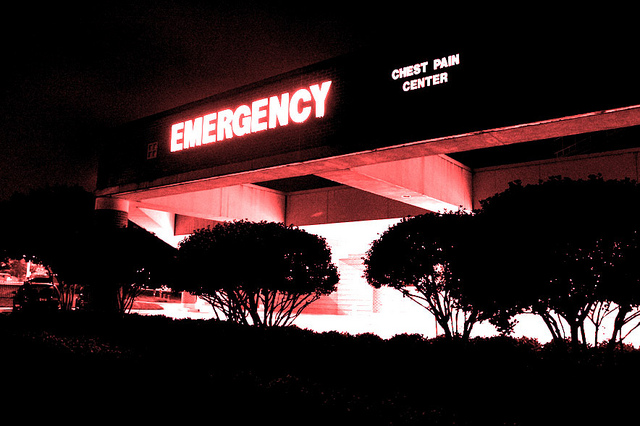The Urge to Merge

The Capital Region is booming with multi-specialty health care complexes that are ready and waiting to meet all your health care needs. For example, if you hop on the Northway, you’ll find two new 24-hour urgent care centers that can handle dozens of medical emergencies.
Our local health care system is consolidating at a feverish pace (since 2009, consolidations have increased by more than 50 percent), which is great news for consumers who want variety and quality as they make choices for on-demand health care services. However, according to the Robert Wood Johnson Foundation, when hospitals merge, price increases often exceed 20 percent, and these increases are passed on to the consumer.
Studies have shown that higher prices resulted from hospital consolidations that occurred nationwide in the 1990s. Fortunately, the Federal Trade Commission has been cracking down on regulations and challenges cases where competition, which promotes high-quality, cost-effective care, is lacking in a specific area.
Why do so many facilities feel the urge to merge?
- Cost-efficiency: Office administration, technology, malpractice insurance, and increasing regulations on private practices are expensive for private physician practices. Often, a larger group or hospital-based practice will provide a physician with malpractice insurance and legal counsel. As well, physicians find that being part of a larger group leads to better work-life balance and less stress when they can focus on being a doctor and not a business owner, too.
- Industry changes: When hospitals consolidate, they have greater negotiating power, which means that they can demand higher reimbursement rates from health insurers. This cost is passed on to consumers, who have to then pay more. Conversely, when health care systems merge, it means that larger and more integrated facilities have better access to industry developments like electronic medical records and other sophisticated medical technology, devices, and training.
How do mergers affect the Capital Region?
In 2011, St. Peter’s Healthcare Services, Northeast Health, and Seton Health became St. Peter’s Health Partners (SPHP), an affiliate of Catholic Health East. SPHP now operates four acute care hospitals: St. Peter’s, St. Mary’s in Troy, Samaritan, and Albany Memorial. It also includes 19 primary care centers and a network of long-term care and rehabilitation facilities. Dr. James Reed, CEO of SPHP, has said that the merger is allowing this partnership to stay efficient and strong enough to withstand a difficult economy and federal reform. What this means to the consumer is that changes will continue, but they are moving toward the goal of providing stellar medical care, with increased treatment options for patients.
A few other local hospitals and health care providers are looking for ways to stay competitive:
- Glens Falls Hospital and Saratoga Hospital are in partnership talks. Executives say the measures under consideration are positive, strategic moves geared toward the hospitals’ survival and ability to operate effectively in the future.
- New York Oncology Hematology is expected to open a new $20 million cancer treatment facility in Clifton Park. It’s part of the group’s plan to expand over time and join forces with other providers to cut costs.
While the thought of these brand-new, state-of-the-art buildings is exciting, ask yourself this: When all is said and done, how will these multi-million dollar structures affect me? Will they lead to higher costs or higher quality?
I ask our local hospitals to answer the same question: Will a merger result in a monopolized market and higher prices or better efficiency and reduced costs? I would then hope they’d do what’s best for their patients and not their bottom line.
 The Daily Dose
The Daily Dose
 John D. Bennett, MD, FACC, FACP
John D. Bennett, MD, FACC, FACP
Comments are closed.